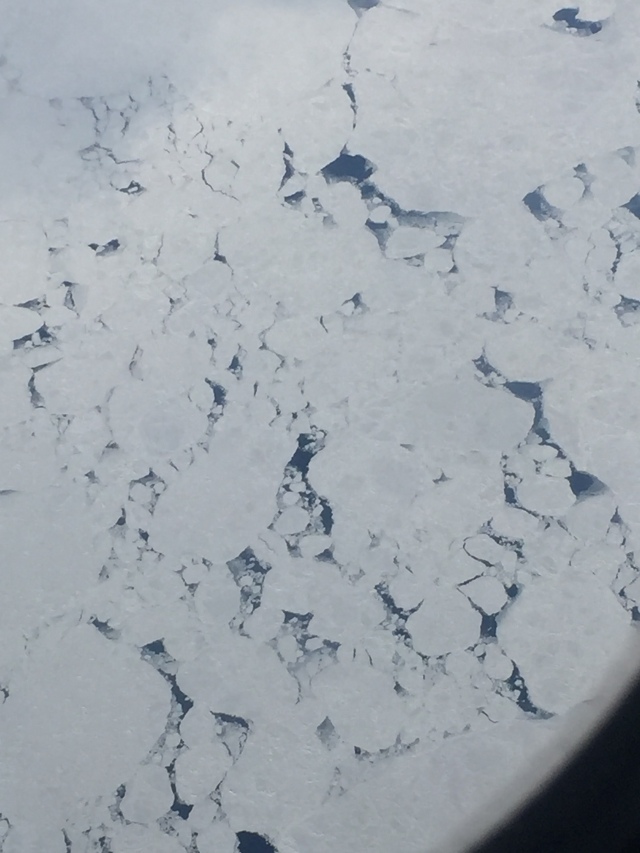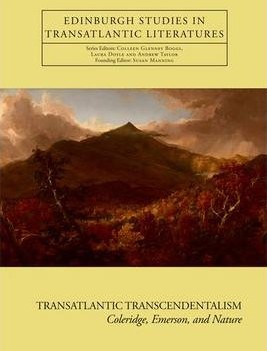This post is concerned with visual aesthetics, so I’m not adding many words. The photos were taken over Greenland and Northern Canada. The spectacle of ice is impressive, freeze-framing a weird beauty.
A language of ratios: the proportion of water in solid and liquid form = conditions for life? NASA’s own aerial images show that Pluto has ice flows .
Ice force: breaking apart or closing in? Ice-trapped ships have a historical narrative of their own. Charles Dickens was just one of the Victorian journalists who imagined horrors surrounding Sir John Franklin’s doomed expedition to find a North West passage across Canada. In ‘Lost Arctic Travellers,’ published in his popular magazine Household Words in 1854, Dickens picked up on stories of cannibalism, but also conveyed a sense of the extreme environment of the ice sheet: ‘we think of the specks, once ardent men, “scattered about in different directions” on the waste of ice and snow.’ For a 21st-century essay on narratives of ships in ice, see Ker Than for National Geographic, “7 Ice-trapped Ships of the Past Give Solace to Rescued Antarctica Expedition Team”
Ice revisits an old question: does art imitate nature or vice versa? William Hogarth argued ‘the waving line is the “line of beauty” and the serpentine line is the “line of grace.” These two lines are the lines most varied in form and they contribute most to producing beauty’ (The Analysis of Beauty, 1753).
Arteries and veins. Boreal body. Ice as life.
Confluences and intersection. Icelines scored by a line of least resistance.
I’m grateful to my friend and colleague from the University of Wyoming, Teena Gabrielson, for her shared interest in these photographs from our perspectives of aesthetics, agency, and land ethics. See The Oxford Handbook of Environmental Political Theory, Edited by Teena Gabrielson, Cheryl Hall, John M. Meyer, and David Schlosberg. 
Ice and lives.
None of these photos shows people, but all concern lives and livelihoods. A must-see film is the documentary People of a Feather by Joel Heath and the people of Sanikiluaq. Billed as ‘a film about survival in a changing Canadian Arctic,’ People of a Feather explores changing ice conditions from the perspective of a community living on an island in Hudson’s Bay.
*These photos were taken from a commercial airliner. Carbon damage to the ice sheets is a factor in their existence. The plane would have flown anyway. I know that’s no excuse. The images seem too striking to remain hidden in a photo library.*
















